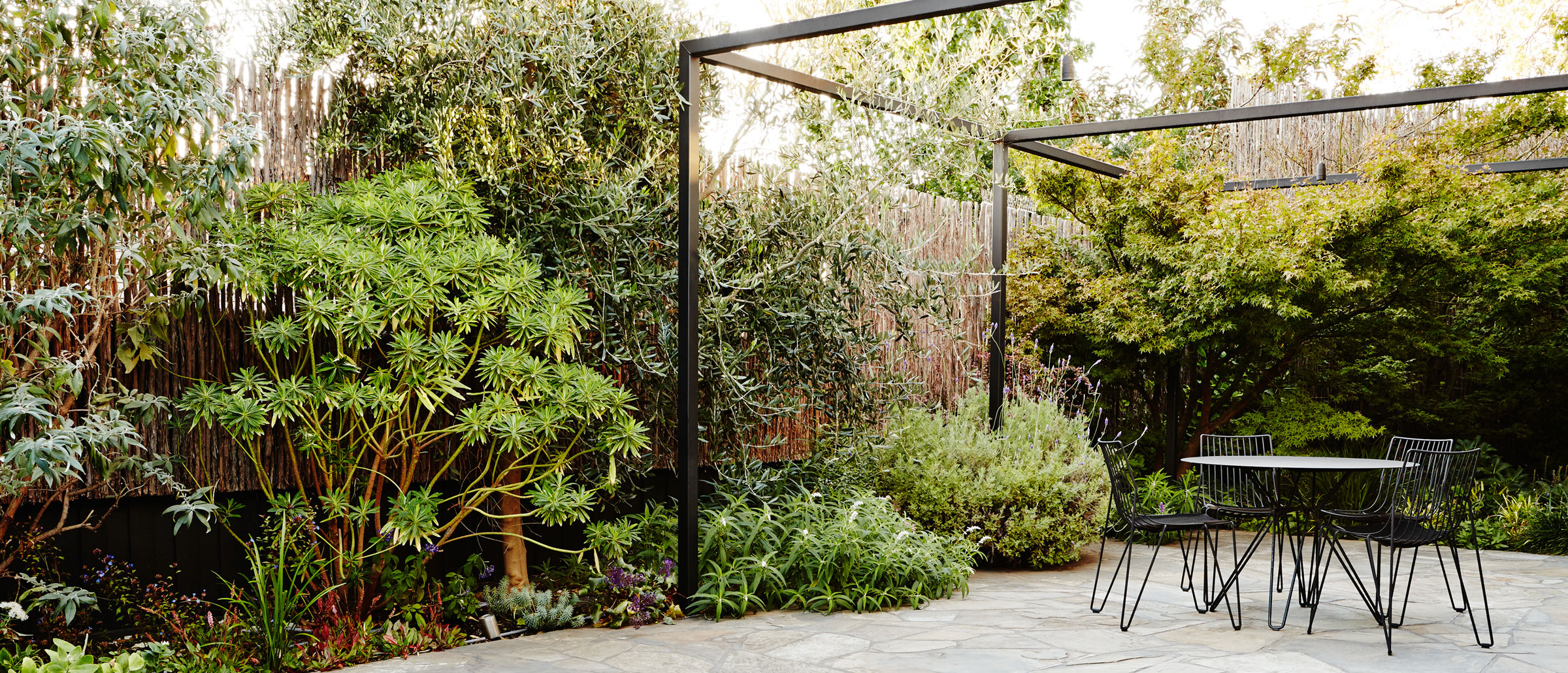A History of Botanical Illustration

- Words by
- Naomi Russo
Be guided by nature. Do not depart from it, thinking that you can do better yourself. You will be misguided, for truly art is hidden in nature and he who can draw it out possesses it.
– Albrecht Dürer
Night falls and a small, frail woman sits amongst the grandeur and buzz of the Amazon, armed with her paints, a small torch and a .32 revolver. It’s not quite the image you have in mind when you see one of Margaret Mee’s delicate renditions of the “Moonflower” (Selenicereus wittii), thus dubbed because it only flowers at night, but it’s the truth of how and where her detailed illustrations were created.
Margaret Mee, who was 79 at the time of her last exploration into the Amazon to draw, was a modern day botanical illustrator part of a tradition that is very, very old. In fact, humans have been creating depictions of plants for thousands of years; for decoration, medicinal purposes, and scientific study. Egyptians portrayed plants on the walls of their temples. Greeks and Romans decorated their coins and ceramics. Aristotle studied plants and their medicinal value and whilst no manuscripts survive, ancient historians such as Pliny the Elder (23-79AD) noted the existence of botanical illustration.
It wasn’t until around 500 years later that the Codex Vindobonensis was created, a document that survives to this day and is kept in Vienna. The document was made for the daughter of the Emperor of Byzantium, Juliana Anica, in 472. The illustrations contained within the it are considered by historians as likely to be copies of far earlier drawings.
Whilst this artefact proves they existed long before, botanical illustration began in earnest as an artistic genre in the 15th century. Herbals; books that used illustrations and explanations to teach the various uses of plants, mostly medicinal, became popular in this time. Unfortunately the relatively un-detailed illustrations and the constant copying and re-copying sometimes lead to faulty preparation and medical mishaps.

Technology advanced and printing techniques improved, allowing the wealthy to commission artists to record beautiful flora from exotic places. Franz Bauer was one such artist, employed as a botanic painter for the king of England, reporting to Sir Joseph Banks. Whilst early botanical illustrators had far less tools to aid their work, many of their illustrations are still admired today for their skill.
Although Bauer might have only been able to use a basic microscope when drawing, his pollen grain illustration created in the 18th century has since been proven to be highly accurate under modern microscopes.
Photography certainly saw a reduction in the importance of botanical illustration, however it has not rendered its practice obsolete. The power of the botanical illustrator is that idealised images can be created from several imperfect specimens, in order for the clearest rendition of a plant. It’s also possible to compose the picture for the clearest image, with certain features highlighted or reversed.
The most common form of botanical art follows the convention of a plant at eye level, with a blank background. This draws the eye to the plant and focuses attention. Nevertheless, it isn’t the only type of scientifically relevant botanical illustration. There are those who argue that the natural surroundings add to the informative value of an illustration, as well as its beauty. Artists such as Margaret Mee often portrayed the surrounding habitat to show the ecosystem within which the plant functioned. Some artists may use a white background but include the pollinators of the plant such as bees, birds or butterflies.
Margaret Mee died in 1988 but her illustrations remain valued and exhibited today. She was a crusader, not only for botanical illustration but the environment of the Amazon as well, and her efforts were recognised posthumously by the United Nations Environmental Programme.
Nowadays botanical prints adorn not only the pages of scientific journals, but the homes and walls of those who love plants. A resurgence of interest has seen a rise in those who create them, as well as in exhibitions, compilations and books about the practice. Whilst we might not all want to launch into the Amazon with a revolver tucked in our bags, botanical illustration invites all to take notice of the beautiful detail of the world around us.
—
Check out some of our FAVOURITE botanical illustrations ever here (Robert John Thornton’s Temple of Flora)!
PS. All images used in this story are out of copyright and were found here.







